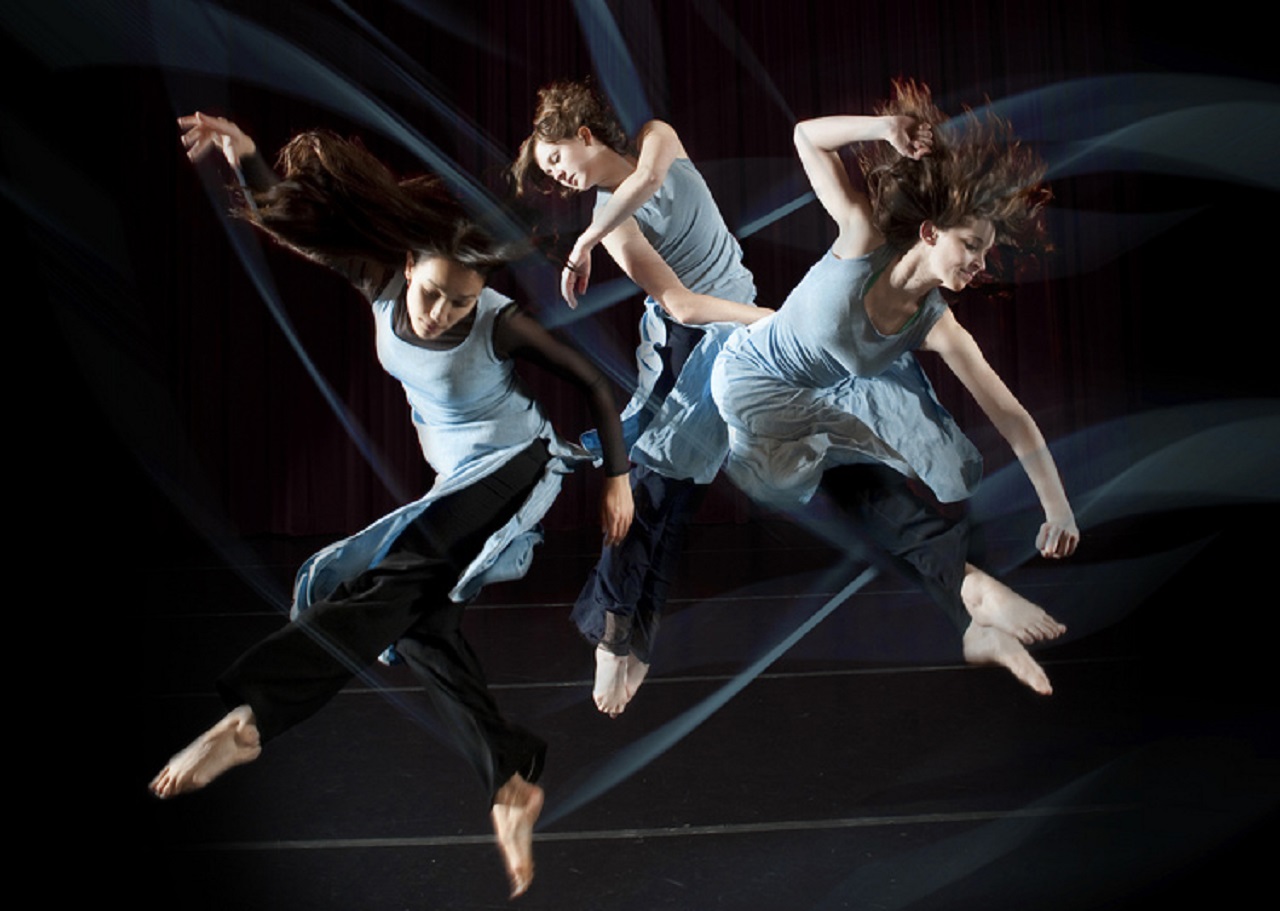Whether it is contemporary, jazz, ballet, Irish or other, dancers have been expected to all have the same body type. This ideal body of a dancer is skinny and tall with long legs and a flat chest, and if you don’t fit this image, then you are looked down upon.
In reality, every person has a different body and it is completely unrealistic to state that all dancers must fit this “look.” The desire to achieve this image often leads many dancers to develop unhealthy habits such as restrictive eating and over exercise, and in more extreme cases can lead to the development of eating disorders. Working towards an unrealistic standard is nothing new in our society, but it is something that must change.
I was a competitive Irish dancer for the majority of my life, and not only did I see first-hand what body image pressures can do to someone, I experienced it myself. In the world of dance, you are consistently judged on your appearance—by judges, fellow dancers, or even instructors. In the world of dance, you are consistently judged on your appearance—by judges, fellow dancers, or even instructors.
Unfortunately, not all dancers can overcome the day-to-day pressures of looking a certain way. Each person is born with one body and they have no choice but to live with it. So, instead of teaching dancers to want to be like someone else, we should teach them to love and accept themselves and use their given body as an advantage. For dancers to stop conforming to body and eating pressures, we must stop enforcing them.
Body Image concerns do not just affect dancers, but they affect most young women and men. The mission at the Student Counseling Services is to end the stigma around the ideal body type. With preventative programs, like the Body Project for female-identified students and the Body Project: More Than Muscles for male-identified students, individuals can work closely with peers to dismantle ideal body standards. In two 2-hour sessions, you can begin your path to self-acceptance.

